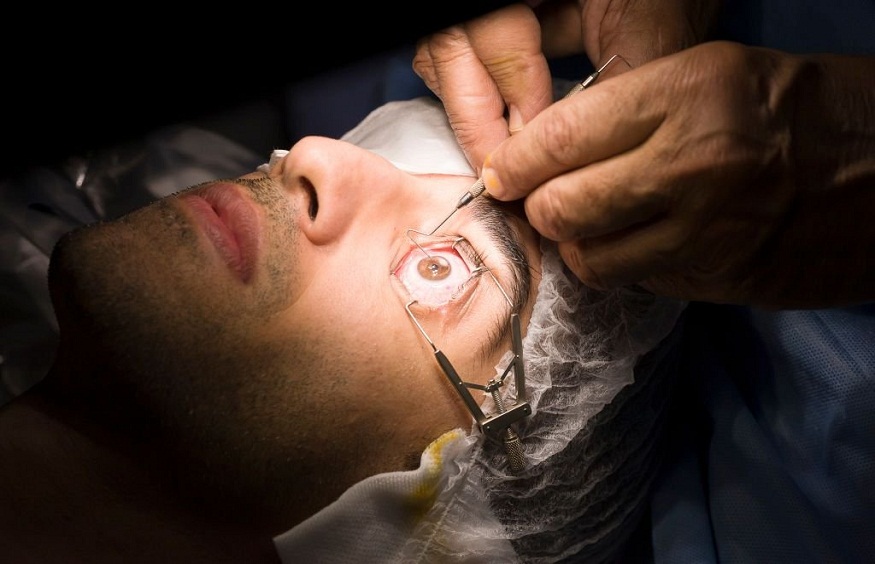Limb lengthening can improve the quality of life for many, but it does come with risks. Complications may arise that require expert care. Orthopedic surgeons play a crucial role here. They address issues like infections, implant failures, or joint problems. A vestavia Hills orthopedic surgeon is well-versed in managing these challenges. Their expertise ensures that treatment not only extends limbs but also maintains function and health.
Understanding Limb Lengthening
Limb lengthening is a surgical procedure designed to increase the length of bones. This is often done for individuals with significant limb length discrepancies or certain congenital conditions. The process involves cutting the bone and using a device to gradually separate the pieces. New bone grows in the gap, eventually increasing length.
Potential Complications
Despite its benefits, limb lengthening carries potential complications. Common issues include:
- Infections
- Implant failures
- Joint stiffness
Infections can occur at the site where devices are inserted. Implant failures might require additional surgery. Joint stiffness can limit mobility and require therapy.
The Role of Orthopedic Surgeons
Orthopedic surgeons are vital in managing these complications. They provide comprehensive care through:
- Diagnosis
- Treatment planning
- Post-operative care
Surgeons use various techniques to address and prevent issues. Regular monitoring and follow-ups help ensure complications are caught early.
Managing Infections
Infections can pose serious risks. Surgeons often use antibiotics and, in some cases, surgical intervention to treat infections. They may remove or replace infected devices. Proper hygiene and wound care are also emphasized.
Addressing Implant Failures
Implants are crucial in limb lengthening. Failures can involve structural issues or mechanical malfunctions. Surgeons assess the cause and decide if implants need adjustments or replacement.
Joint Stiffness Solutions
Joint stiffness can affect daily activities. Orthopedic surgeons often recommend physical therapy. Stretching and strengthening exercises are tailored to improve mobility and function. In some cases, surgical intervention might be necessary.
Comparing Treatment Approaches
| Complication | Non-Surgical Interventions | Surgical Interventions |
| Infections | Antibiotics | Debridement |
| Implant Failures | Adjustments | Replacement |
| Joint Stiffness | Physical Therapy | Release Procedures |
Ensuring Successful Outcomes
Successful limb lengthening requires coordination between patients and surgeons. Regular check-ups and clear communication help manage expectations and address concerns promptly. Surgeons guide patients through each step, from pre-operative assessment to post-operative care.
Conclusion
Orthopedic surgeons are key to addressing complications in limb lengthening. Their expertise ensures any arising issues are effectively managed, leading to improved outcomes and quality of life. Through careful monitoring and intervention, they help patients achieve their desired results while maintaining good health.




